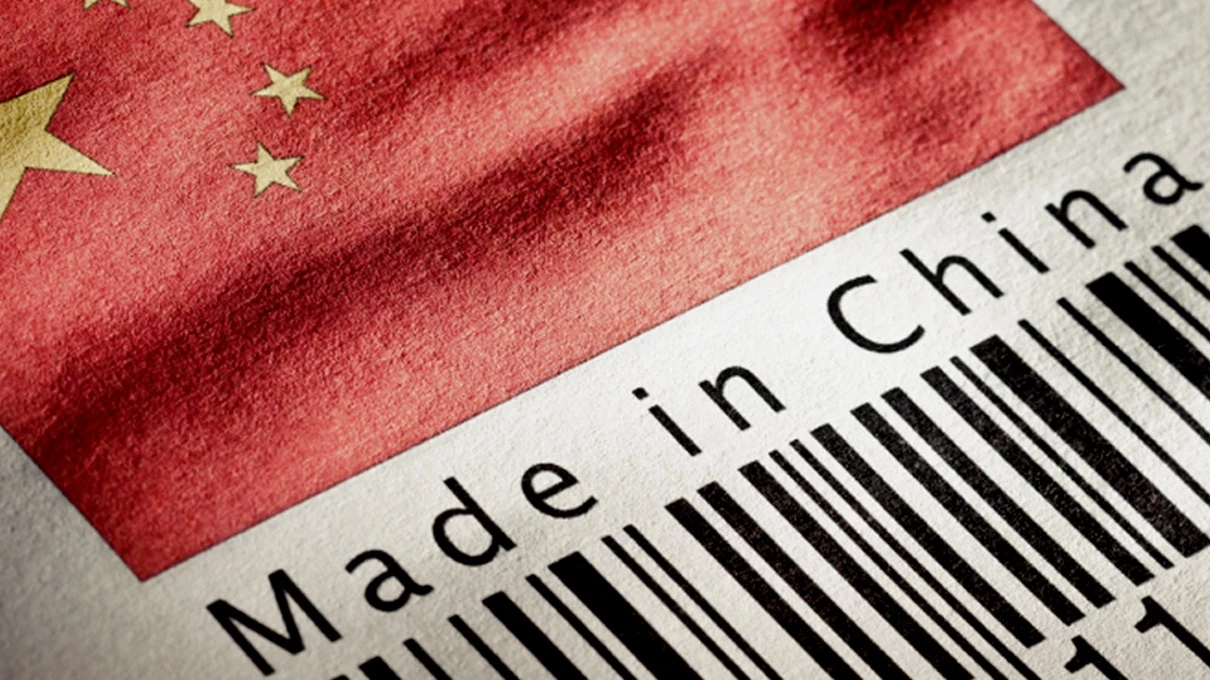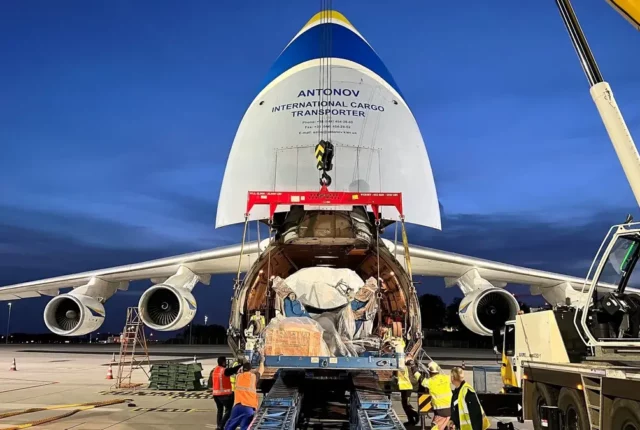
Rest of World Braces for Influx of Cheap Chinese Goods
President Trump’s jumbo tariffs on China threaten to create a new problem for a global economy already stressed over trade: a $400 billion deluge of Chinese goods looking for new markets.
U.S. consumers and businesses learned Wednesday that, from April 9, Chinese imports will face tariffs of around 70% on average, after Trump walloped China with stiff new duties as part of his “Liberation Day” trade broadside. The new tariffs will likely push up prices in the U.S. for products ranging from consumer electronics and toys to machinery and essential components for manufacturing.
That towering tariff wall also risks diverting some U.S.-bound Chinese exports into a global market already swimming in China-made goods, worsening a so-called China shock that is facing pushback from countries around the world, according to economists. Other major exporters, such as Vietnam, South Korea and Japan, could also see barriers to their exports proliferate as U.S. spending on imports falls and their exports get shunted to new destinations.
Economists note that such domino effects underscore how trade wars can quickly escalate, drawing in more countries as retaliatory measures fly and defensive barriers go up.
“The real fireworks are yet to come,” said Michael Pettis, a professor of finance at Peking University in Beijing who has written extensively about global trade.
President Trump on Wednesday announced plans to levy tariffs on a range of U.S. trading partners that he accuses of taking advantage of the U.S. by boosting exports while keeping their own barriers to imports high.
China, regarded by many in Trump’s orbit as the U.S.’s chief geopolitical foe, was hit especially hard. Chinese imports will be slapped with a 34% duty. That new tariff rate was stacked on top of a 10% tariff levied in February, another 10% added in March and a range of other tariffs imposed during Joe Biden’s presidency and Trump’s first term in office. That lifts the average rate on Chinese imports to around 70%, according to economists.
It will be hard for other countries to absorb Chinese exports that normally went to the huge U.S. market. The U.S. in 2024 imported around $440 billion of goods from China, according to Census Bureau data. China in 2023 was the source of a fifth of iron and steel products imported into the U.S., more than a quarter of its imported electronics, a third of its imported footwear and three-quarters of its imported toys, according to data from the International Trade Centre, an agency of the United Nations and the World Trade Organization. Ninety-one percent of U.S. umbrella imports came from China.
U.S. imports from China are unlikely to drop to zero overnight. Consumers might be able to find alternatives to some Chinese-made products, but not others, and manufacturers outsource big chunks of their production to Chinese factories. Even if they manufacture goods at home, they are often bringing in parts and basic materials from China that can be hard to find elsewhere.
Lower U.S. spending on Chinese imports means unsold goods have to go somewhere else. Yet surging Chinese exports are already jacking up tensions between China and the world’s big economies, and could rise further if exporters try to unload what had been U.S.-bound shipments to other countries.
Since Trump launched his trade war in 2018, China has been the subject of almost 500 antidumping rulings and investigations, according to Global Trade Alert, a Switzerland-based nonprofit that tracks global trade policy.
Chinese leader Xi Jinping has poured investment into manufacturing to support advanced technology and pump up growth amid an epic property crunch and tepid consumer spending. The result has been a surge in exports, as companies hunt for overseas buyers to soak up goods they can’t sell at home. China last year posted a trade surplus of $1 trillion. Countries have moved to shield domestic industries from cut-price Chinese competition in response.
Last year alone, Brazil opened antidumping probes into imports from China of hypodermic needles, optical fibers, nebulizers and polyester mesh; Mexico and Canada opened investigations into aluminum, steel and chemicals; the U.K.’s trade protection agency recommended excavators from China be hit with antidumping duties of up to 84% after a rush of imports; and the European Union raised tariffs on Chinese electric vehicles following an investigation that concluded Chinese carmakers received hefty subsidies.
With the U.S. raising tariffs, “there just aren’t other big markets that can easily absorb the immense scale of China’s manufacturing capacity,” said Brad Setser, a senior fellow at the Council on Foreign Relations and a former U.S. Treasury official.
One way to ease trade tensions would be for China to boost spending at home, economists say, which might help soak up its industrial production and suck in more imports from other countries.
Beijing has announced plans to borrow and spend more to shore up growth and pep up consumer spending. But given the unexpected scale of Trump’s tariff blitz, economists say it will probably need to do more, such as cut interest rates, lift government borrowing further and find ways to rekindle beaten-down consumer confidence, perhaps by drawing a line under its drawn-out real estate bust.
Yu Xiangrong, chief China economist at Citi, said that without more stimulus, the additional tariffs will shave between 0.5 and 1 percentage point off Chinese growth this year.
Beijing said on Thursday that it would deploy “resolute” countermeasures against the latest tariffs on Chinese goods, though it didn’t immediately say what those were. In response to Trump’s earlier tariffs, China retaliated with tariffs of 15% on imports of U.S. chicken, wheat, corn and cotton and 10% duties on soybeans and beef. It also added a string of U.S. companies to export control and corporate blacklists.
“History has proved that raising tariffs will not solve the problems of the U.S. itself, and will not only harm the interests of the U.S., but also jeopardize the development of the global economy,” China’s Ministry of Commerce said in a statement Thursday.
The European Union, Japan, South Korea, Vietnam and a host of other countries were also hit with hefty new U.S. levies Wednesday. Countries not singled out for “reciprocal” tariffs by Trump weren’t unscathed: A flat 10% tariff rate will be applied to imports from all countries on April 5, he said.
The imposition of substantial U.S. tariffs on Chinese goods has prompted China to redirect its exports to other global markets, leading to a surge of inexpensive Chinese products entering countries such as Thailand and various European nations. This influx poses challenges for local industries, including potential market saturation and increased competition, thereby affecting freight logistics and supply chain operations.
Source: Article






